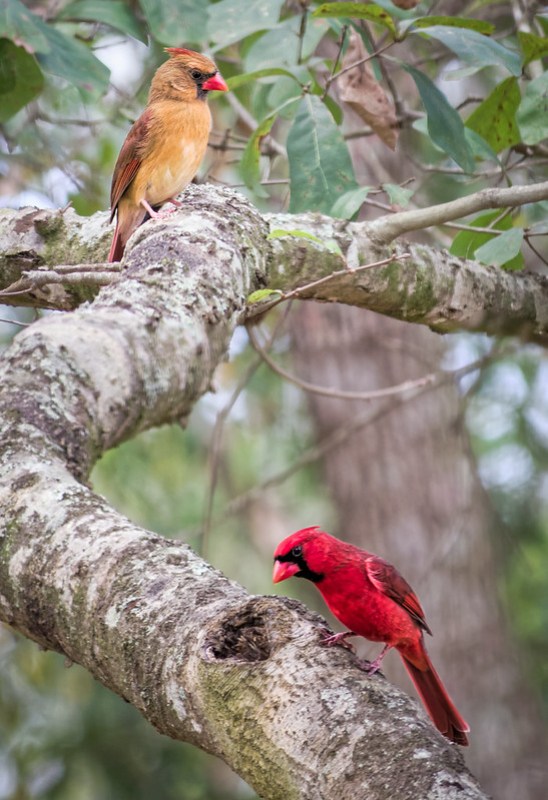For 39 years, the Valiant Air Command Warbird Museum in Titusville has hosted the TICO Warbird Airshow. I’ve heard a lot about it over the years, but hadn’t ever been until my friend Van asked me if I wanted to go with him to this year’s version on March 13 at the Space Coast Regional Airport.
 North American B-25 Mitchell bomber flight demo
North American B-25 Mitchell bomber flight demo
There was a 50% chance of rain, but the downpour held off for us. I liked the overcast conditions – the clouds made more interesting backgrounds than plain blue sky would have. The forecast may have helped with the crowds too – we found easy parking and a place up front near the demo area.
The planes were mostly older ones, some dating back to World War I:
 Snoopy and the Red Baron – WW I aircraft flight demo
Snoopy and the Red Baron – WW I aircraft flight demo
Other aircraft flight demos included B-29, F/A-18s, F-16s, MiG 17, F4U Corsair, A-4C Skyhawk, P-51, T-33, F-104, UH-1, and AH-1. They also had static displays including the A-6, F-14, A-10, and S-2 that were in the service when I was (way back when!)
Parachute demos, helicopter and airplane rides, and even war-games were also big attractions.
 Wargames – World War II Sherman tank on the move. The Germans lost again.
Wargames – World War II Sherman tank on the move. The Germans lost again.
So, a lot to see and photograph. Here are some things to consider if you go:
- You’ll mostly need a telephoto lens. Even when flying over the demo area, you’ll want to make the aircraft as large in your viewfinder as possible. I used a 200 – 600mm equivalent lens.
- Practice your panning and don’t frame too tight. If you’re not careful, sudden maneuvers (there’s a lot of them) could cut off portions of the planes. A zoom lens helps with the framing.
- When photographing the jets, leave even more room – they move fast!
- A normal or wide-angle lens will be nice for the static displays. Or use your telephoto for up close details.
- Use continuous autofocus
- Check your histogram often to make sure the sky in the background isn’t fooling your camera’s exposure meter.
- Vary the shutter speed. Try for some photos where the props are blurred, but make sure you keep the airframe itself sharp.
- Wear a hat and use sunscreen. Even in the cloudy conditions we had, I got too much sun.
- Bring folding chairs or scout out seating areas. We sat up front with excellent visibility.
It was a great show – I’m glad Van invited me! Unfortunately, you’ve missed it for this year – but be ready 2017 or go to another airshow in your area. And during the rest of the year Central Florida folks can stop by the Valiant Air Command Warbird Museum – check their website for info.
Click on the photos in this post to see larger versions on Flickr, and I’ve posted more photos from this event in this album.
Thanks for stopping by and reading my blog. Now – go make some photos!
©2016, Ed Rosack. All rights reserved.






 Red-bellied Woodpecker
Red-bellied Woodpecker

















